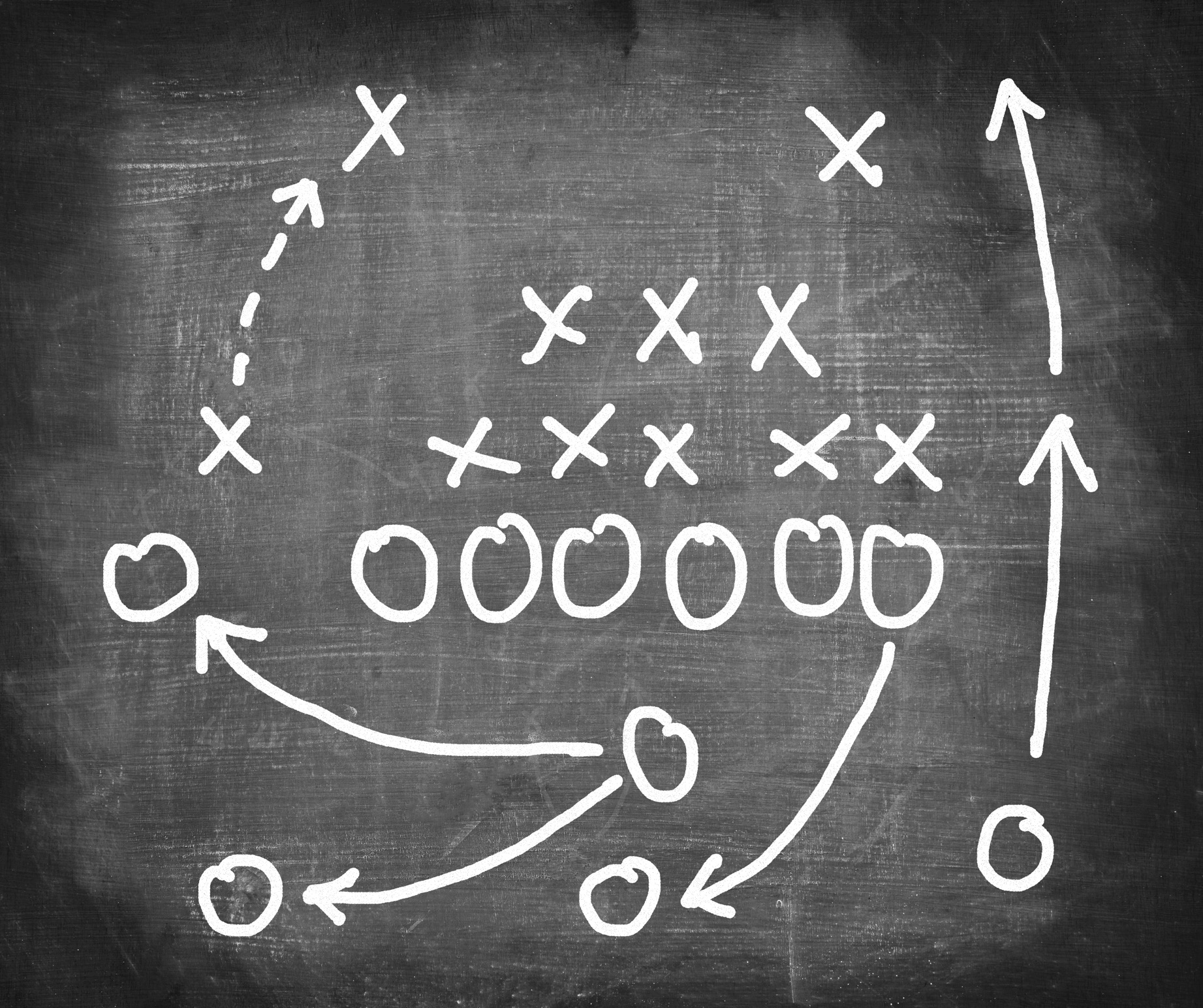In our last series post in ‘How to Advertise on Google’ we discussed keywords. At this point in our series, you have now created all of the pieces needed to start advertising on Google. Now, let’s go over the final piece: putting all the parts together and launching a campaign on Google AdWords. When setting up your account in AdWords, you will set up your keywords in ‘campaigns’ which will serve as your organizational structure. Once you’ve mastered how to build campaigns, you will have a clean and optimal structure for advertising on Google.
What Are Campaigns?
When advertising on Google AdWords, everything is organized in what they call ‘campaigns’. Think of this as the beginning of a filing or organizational system. You have campaigns, and in them lives another level known as ‘ad groups’, and then there are your ads and keywords. From top to bottom, this is the structure used to organize your advertising account.

People search on Google and your ads are shown based on the keywords you are using. So why do you need to know about campaigns and ad groups? Creating the proper structure for your advertising gives you clarity, organization, and will help later when it comes time to analyze your performance. You should use campaigns to identify the main keyword themes of your account.
If you happen to have 5 main services that comprise your business, you might want 5 separate campaigns, one for each of your services. Think of campaigns as an easy way to navigate through your keywords. Use your campaigns to set up clear buckets based on important pillars of your business.
What Are Ad Groups?
An ad group is merely the subfolder to your campaign. At the ad group level is where your ads and keywords will live. Why are ad groups useful? Ad Groups are great for additional organization and classification of your keywords. You should use ad groups as a way to further expand on the main theme of your campaign.
Let’s assume one of your campaigns is for ‘home repair’ because it is a main service you provide. An ad group within that campaign could be ‘home repair contractor’. In this example, the campaign alludes to the theme, and the ad group provides a specific example which fits under that theme.
Bonus Pro Tip: Single Keyword Ad Groups
I am a big advocate for single keyword ad groups (SKAGs). It’s exactly what it sounds like: every single keyword you have should live within its own ad group. This is the ultimate way to provide crystal clear structure to your campaigns. Using what we’ve learned, a campaign name would provide us insight into a main pillar of our business, such as different services. Within that, we would have any keywords related to the campaign, and each keyword would have its own ad group.
Using our earlier example, it would look like this:
Campaign = Home Repair
Ad Group = Home Repair Contractor
Keyword = Home Repair Contractor
Using this method, you will always know exactly what keywords live in your ad groups because they will each have their own ad group.
The benefits are many:
- Clean & organized structure
- Clarity from campaign down to keyword
- Always knowing what keywords live where
The only exception to using this method would be if you happen to have many thousands of keywords. At that point, it might become cumbersome to have so many ad groups, and you could look into combining similar keywords into the same ad group. Few people should have this problem, and the only negative to SKAGs is in the time to set things up properly. But if you take the time to use single keyword ad groups, you won’t regret it.
How to Organize Keywords into Campaigns & Ad Groups
Campaigns and ad groups should be setup as a way to organize your keywords. Your end result should be a clear system where you can look at a campaign and know what bucket of keywords would live within it. Then, the ad groups within the campaign would get down to a specific keyword. Using single keyword ad groups makes this even easier as there is a clear follow-through from ad group to keyword. Here’s how I approach the process of creating campaigns and ad groups.
*Make sure you have a completed list of keywords (or read our blog on how to come up with keywords for your business)
- Write out the main services or pillars of your business to serve as campaigns
- Review your list of keywords and separate them into the appropriate campaign
Remember, the keyword should relate to the service/theme of the campaign - Create single keyword ad groups (SKAGs) to house your keywords (1 ad group with 1 keyword)
Pro tip: It’s easy and cleanest to name your ad group the same as your keyword - If any keywords seem to fall outside of main service/theme of your business, break it out into its own campaign to keep things clean
Wrap-Up
You have now built out all of the parts to enable you to advertise on Google! From campaigns and ad groups, to ads and keywords, you now have a great structure set up for success. Using these organizational tips, anyone can create an optimal setup for using Google AdWords. Our last article in the “How to Advertise on Google” series will cover launching everything on AdWords. We will cover all of the steps to take what you have created, and get you to the point of seeing your ads on Google.
Sign up for our weekly newsletter to get all of our new blog posts every week! You can also follow me on Twitter @rbsjackets.

